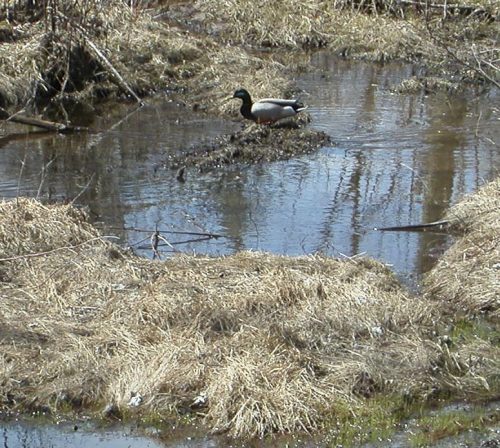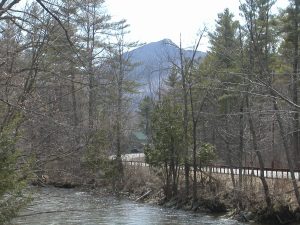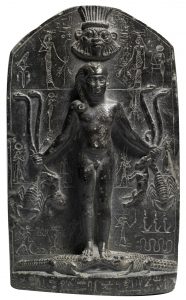Open water everywhere now! I’ve been hearing Canada Geese from my apartment for weeks. With the reduced traffic from COVID-19 lockdowns, I wonder if even people in the cities can hear them. When I lived in Arizona, they flew so high during migration that they looked like swarms of gnats.
Tired of looking at cats on the Internet? Here’s a duck.

There’s actually a female Mallard nearby in this photo, but she’s impossible to see with her camouflage coloring. Though males are more colorful, females are more vocal.
The Mallard is the most common wild duck, ancestor of the domestic white, found throughout the Northern Hemisphere with slight variations in coloring. This male has a lot of white on its body and a reddish belly and might be confused with a Merganser, also common in this area. The female confirms the identification.
“Like a duck to water,” goes the saying. I took this sighting as a message of being in one’s own element, feeling natural, effortless, and in control.


